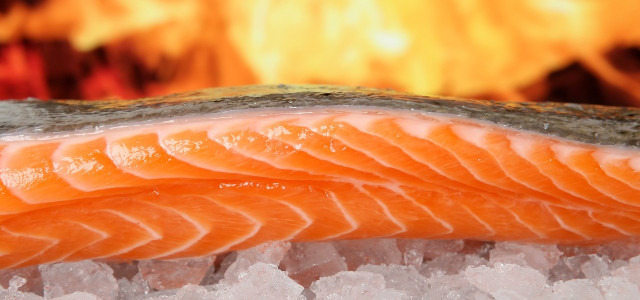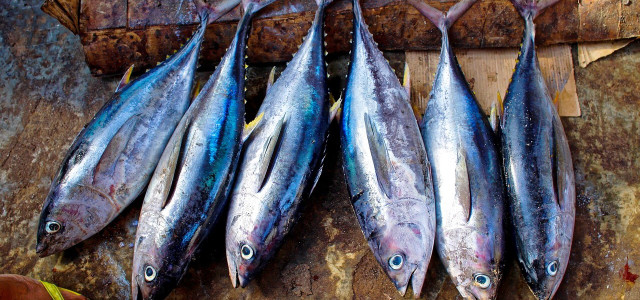Can you eat salmon skin? If you regularly consume fish, you may want to know. We'll dive into further detail and explore the correct way to eat salmon.
Fish is incredibly popular and is a great source of animal protein. It is eaten in many cultures and countries around the world, though certain types of fish are more popular than others. Salmon is one of the most widely eaten fish in the U.S., making it one of the most popular choices when it comes to fish consumption.
This fish is a great source of protein and can provide your body with vitamins such as B2. However, if you regularly consume salmon, you may wonder: can you eat salmon skin? While eating this part of the salmon may seem peculiar, the answer may surprise you.
Can You Eat Salmon Skin?
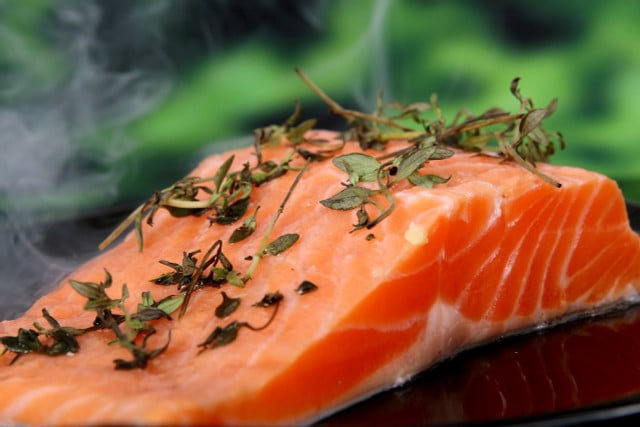
(Foto: CC0 / Pixabay / Shutterbug75)
If you’re eating salmon, do you eat the salmon skin? If you often ask yourself this question whenever you cook salmon, you don’t need to worry any further. So, what’s the verdict? As it turns out, you can safely consume salmon skin, although it’s best to cook it first, even though you can consume the skin raw.
Many people enjoy cooking salmon skin with seasoning until it’s crispy, making it all the more flavorful. If you have a specific recipe in mind, you can cook it in any way you like. That said, when it comes to eating salmon skin, there are several pros and cons that you should be aware of. We’ll break these down so that you can decide what the best choice is for you.
Pros and Cons of Eating Salmon Skin
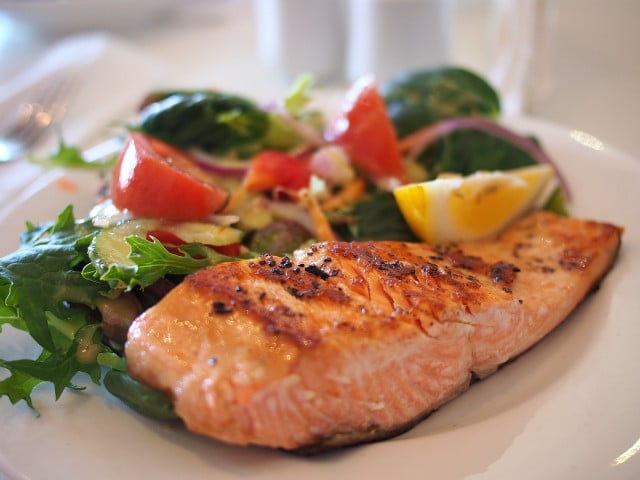


(Foto: CC0 / Pixabay / cattalin)
Eating salmon skin may seem bizarre; however, it is perfectly safe, and there are a few benefits that come with it.
- Beneficial nutrients: Salmon skin contains omega-3 fatty acids that can benefit your health. For example, studies show that these fatty acids can potentially help improve heart and brain health, among other benefits.
- Less waste: Less food waste is better for the environment. The nose-to-tail eating concept also helps lessen food waste, as you use every part of the animal. You could apply this concept to other food you eat if it’s deemed safe. This way, you won’t produce any unnecessary waste.
However, there are also cons when it comes to consuming salmon skin:
- Environmental toxins: Environmental pollutants such as dioxins and furans can be found in salmon and its skin, both of which come with potential health risks. It is thought that these pollutants enter the fish through the water, their feed, and sediments.
- Preference: Some people may not enjoy the taste of salmon skin.
If you’re not a fan of eating salmon skin with the salmon, you can cook it separately and eat it on its own as a snack or on the side. This way, you’re using every part of the animal without wasting any.
What Are Some Salmon Alternatives?
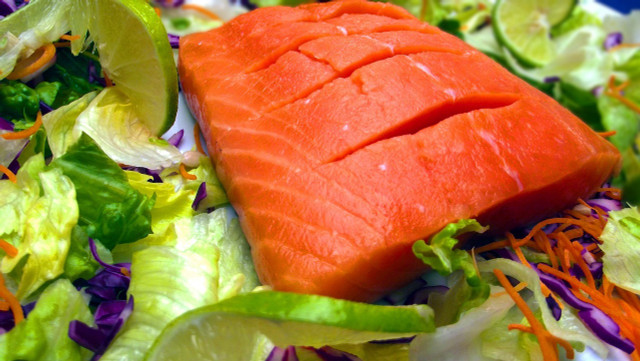


(Foto: CC0 / Pixabay / adoproducciones)
Whether you’re vegan or want to reduce the amount of fish you consume, there are some great salmon alternatives that still provide plenty of nutrition. A vegan diet comes with many benefits for both yourself and the planet. For example, if many people gave up eating fish, it could potentially help to reduce overfishing. Reducing this activity is important, as it helps to protect ecosystems and keep fish populations in check.
Likewise, being vegan may also help lower your risk of diabetes. It may contribute to preventing biodiversity loss across the globe, as the consumption of meat and other land-consuming produce may be lowered.
Some vegan alternatives include vegan salmon alongside sprouted peas and peanuts, which share similar nutritional values to the fish. If you want to try plant-based salmon, you could always experiment with a plant-based smoked salmon recipe, though there are plenty of other recipes available online that you can try too.
Read more:
- The Ugly Truth About Seafood: 6 Fish You Should Never Eat
- Are Swedish Fish Vegan? Yes and No
- Can You Eat Jellyfish? Health Benefits & Safety Info
Do you like this post?






